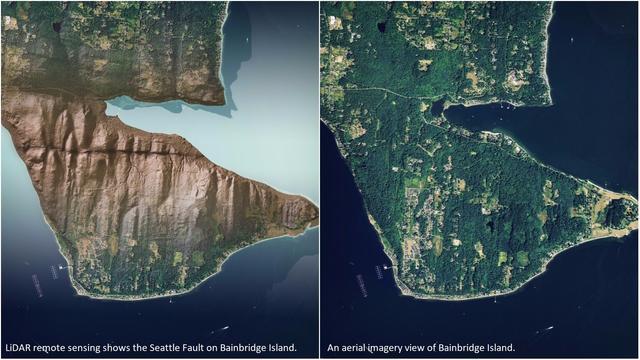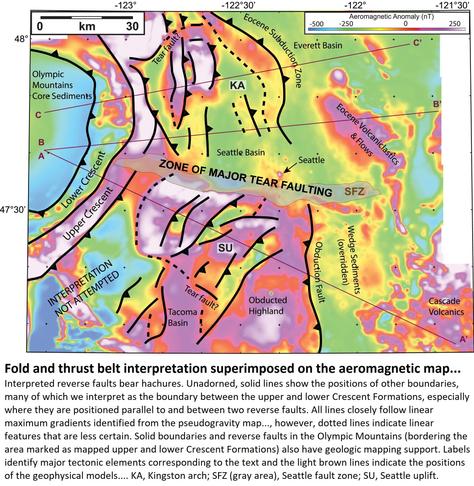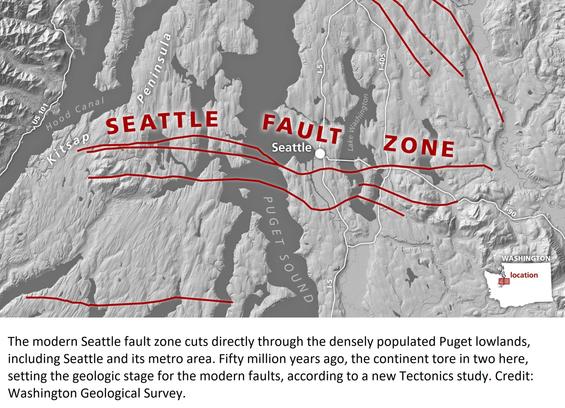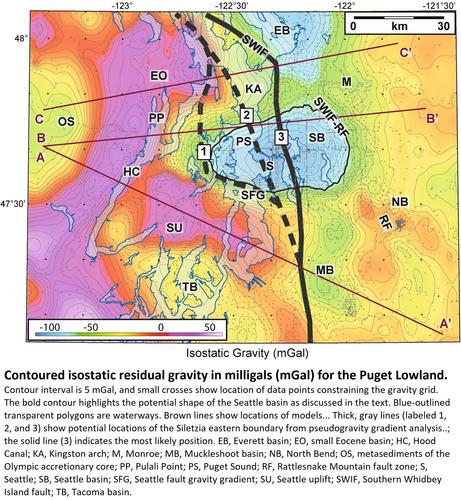Deep Structure of Siletzia in the Puget Lowland - Imaging an Obducted Plateau and Accretionary Thrust Belt With Potential Fields
--
https://doi.org/10.1029/2022TC007720 <--shared paper
--
[I used to live, work as an engineering geologist and scuba dive in Puget Sound & beyond – including on the expressions of the Seattle Fault…]
#GIS #spatial #mapping #engineeringgeology #Seattle #pugetsound #washingtonstate #fault #faulting #earthquake #tsunami #structuralgeology #PNW #plateboundary #crustal #tectonics #cascadia #forearc #siletzia #seismic #seismichazard #geologichazard #risk #hazard #glacial #sediments #pugetlowland #model #modeling #remotesensing #magnetic #aeromagnetism #gravity #folding #thrust #geologicmapping #geology #seismology #accretionary #obduction #spatialanalysis #spatiotemporal #seattlefault #earthquakehazard #earthquakeengineering
#accretionary
Client Info
Server: https://mastodon.social
Version: 2025.04
Repository: https://github.com/cyevgeniy/lmst



